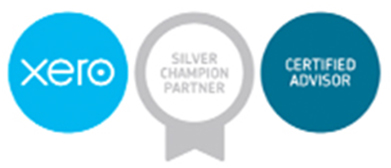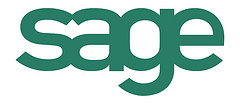
Whether you’re an owner of a business or an investor, it’s important that you understand how to read a company balance sheet! Why? It’s crucial that you are able to assess a company’s financial health so that you are able to make sound and savvy business decisions and smart investments.
If you struggle to read a balance sheet, you’ve certainly landed in the right place! We have created a helpful guide outlining everything that you need to know about those key terms you will see on a balance sheet.
What is a balance sheet?
A balance sheet documents the financial health of a business at a certain point in time. It is designed to communicate how much as company is worth (also known as its book value).
Get A Free Quote
We believe in working with our clients to make accountancy services easy. Get year-end accounts, CT600 corporation tax, payroll, bookkeeping and management accounts made easy.
It is used by:
- Potential investors when deciding whether they should invest in a company
- Business owners looking to understand their financial position and make forecasts
How does a balance sheet work?
A balance sheet is a thorough reference point for a company’s financial health and features an in-depth outline of a company’s assets, liabilities, and equity.
Balance sheets are usually prepared on a quarterly or monthly basis. If you are struggling to get to grips with your balance sheet, a trained accountant can help!
What are a company’s assets?
There are various different types of company assets, including current assets which can be sold for cash, as well as non-current assets which can include property or equipment. All assets belong to both the liability holders and the equity holders.
What are liabilities on a balance sheet?
The liabilities outlined on the balance sheet reflect what the company owes, such as a loan from a bank or outstanding trade debt.
There are a number of different types of liabilities, including current liabilities and non-current liabilities.
Current liabilities need to be paid in the same financial year and include:
- trade debtors
- accounts payable
- short-term debt
- any tax owed
Non-current liabilities, on the other hand, are liabilities that do not need to be paid within the current financial year such as:
- mortgage for property
- equipment
- lease obligation
- deferred tax liabilities
What is equity?
Equity is a term that we hear in all areas of the financial sector. In the context of the balance sheet, it refers to the money that is left for the shareholders of the company. This is also known as the company’s book value – the difference between the liabilities and assets on the balance sheet.
Understanding the balance sheet equation
When looking at any balance sheet, you should familiarise yourself with the following accounting equation:
Assets = Liabilities + Equity
Assets that belong to a company are split up between liabilities and equity, meaning the equation can be simplified further:
Assets = Liabilities + Equity
Assets = Claims
Therefore, assets = claims.
Why React Accountancy?
Here at React Accountancy, we provide trusted accountancy services to start-up, established and multi-national businesses across a diverse range of industries.
From the moment you get in touch, our approachable, friendly and professional team will go above and beyond to ensure that you receive the right advice, support and accountancy solutions for your business.
All of our team has years of experience in providing accountancy and management services that support your business including complex financial issues.
Get in touch today for further information about any of our services.
You can reach us on 01914324110 or contact us via email using info@reactaccountancy.co.uk
Get A Free Quote
We believe in working with our clients to make accountancy services easy. Get year-end accounts, CT600 corporation tax, payroll, bookkeeping and management accounts made easy.




